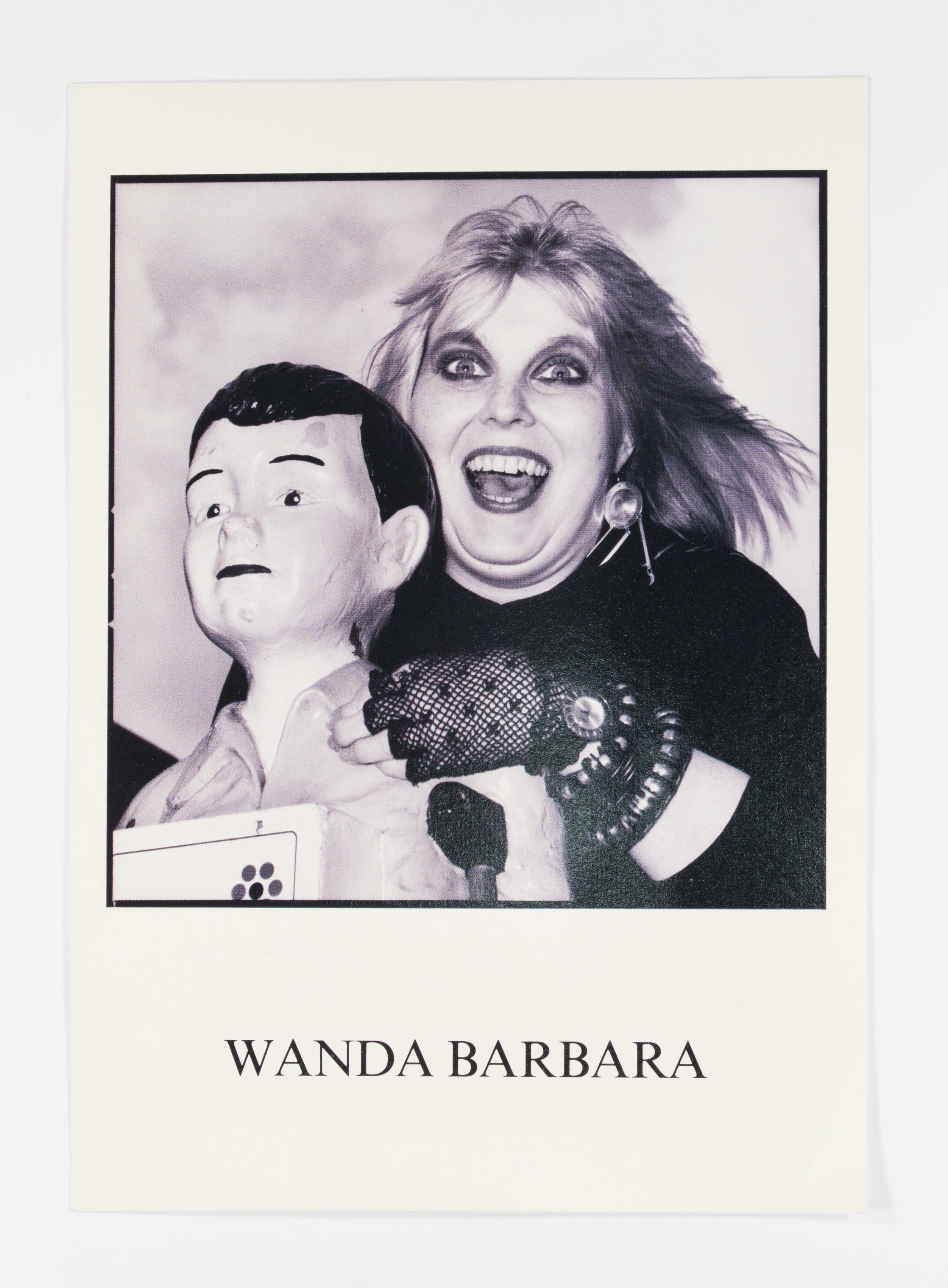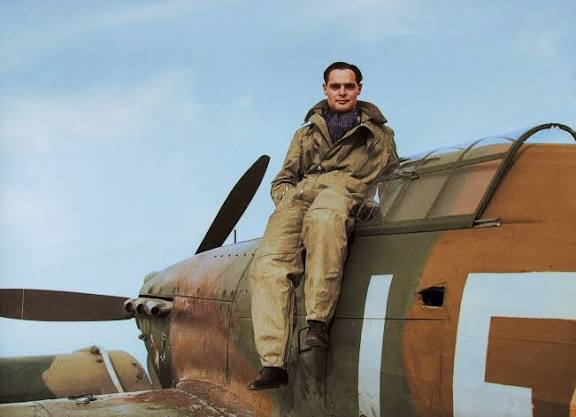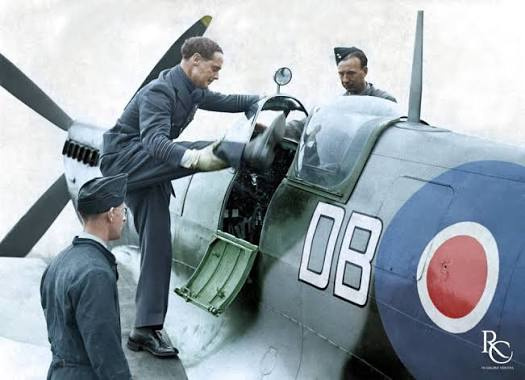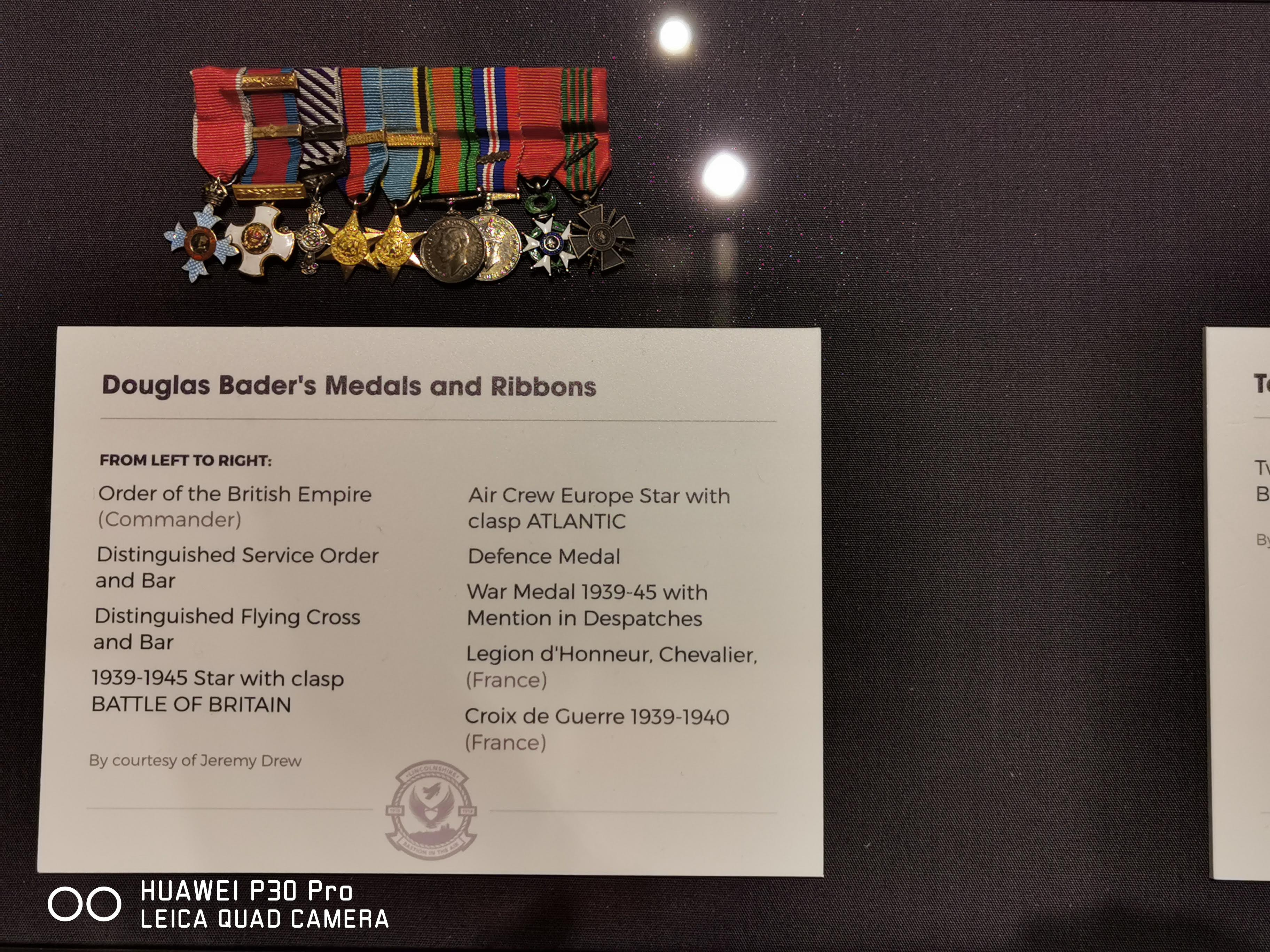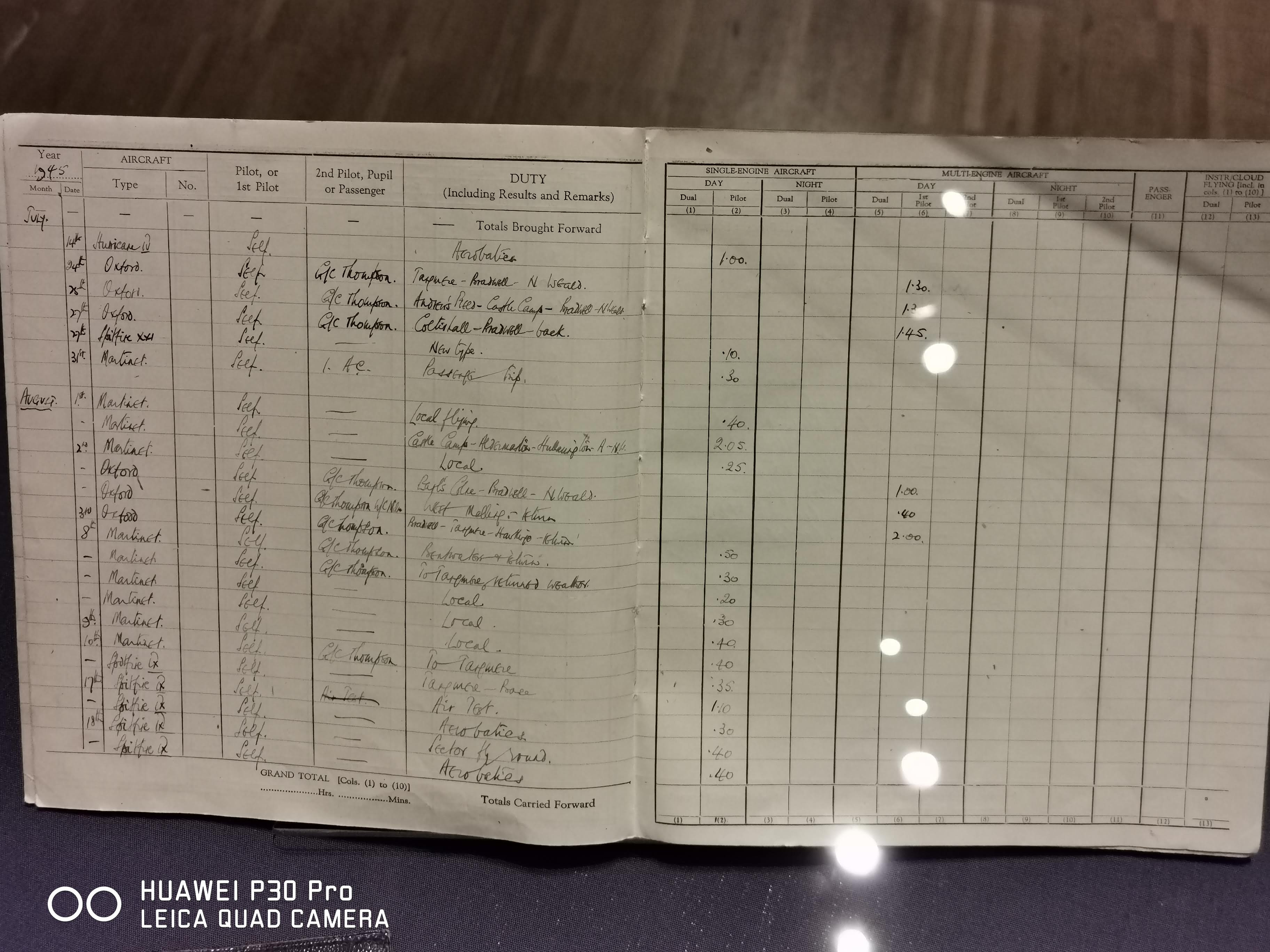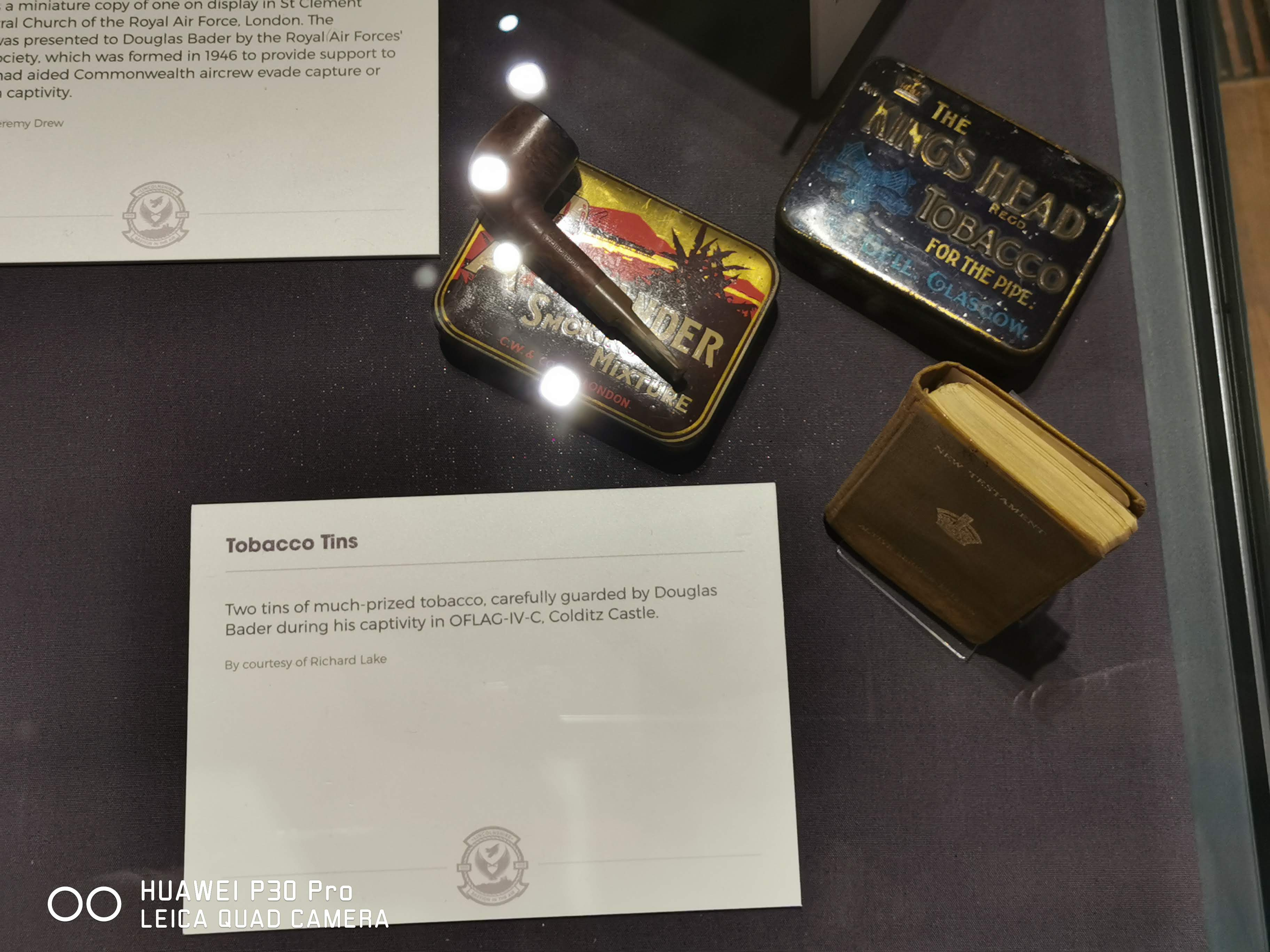UK Disability History Month 2025 - Barbara Lisicki and the Disabled Action Network

Barbara Lisicki and the Disabled Action Network
For Disability History Month 2025 we're featuring disabled people from the UK who have made a big impact through their work or activism. To kick us off this week it's Barbara Lisicki, a brilliant comic, lecturer and activist.
Barbara was born in North London and became disabled as a teenager. She had a strong sense of personal justice that saw her excluded from her posh convent school. Even during her stay in a specialist Rheumatology hospital, Barbara was well-known for breaking the rules.
“We used to dump the wheelchairs in the bushes and hitchhike to the pub,” Barbara said. “They’d be sending out search parties and we’d be down there having a vodka and lime. I was 16.”
After completing university, she graduated from a post graduate degree in teaching. But unlike the rest of her class, she struggled to find a job.
“Everybody I qualified with on the teaching course got taken on except me. I’d done better than many of them - achieving credits and distinctions… It just struck me then, it was because I had an impairment. I was a disabled person.”
Comedy Cabaret - Tragic But Brave
After having no luck finding teaching work, Barbara began a career as a stand up comic. She's described as being the 'first British disabled stand up'.
It was on the circuit that Barbara met fellow performer Alan Holdsworth (soon to become her husband) and song-writer Ian Stanton. Together, they set up the 'Tragic But Brave' performance group which toured all over the UK, Europe and USA.
Over the late 1980s, Barbara became involved in the Disability Arts Movement. At that point in time, ITV were staging large-scale charity telethons that many disabled people felt depicted them in a patronising light. Barbara was featured on the BBC TV show Network, stating "If you make a disabled person an object of charity, you're not going to see them as your equal".
In 1992, Lisicki and Holdsworth organised a protest where over 1,000 people stopped celebrities from entering the ITV studio for a telethon. The protests were successful and ITV scrapped their telethons in 1992.
Making an impact - Disability Action Network
In 1993, Barbara Lisicki, Alan Holdsworth and Sue Elsegood became founding members of the Disabled Action Network (DAN).
DAN arranged protests and peaceful civil disobedience to advocate for disabled people's rights. Protesters blocked roads, chained themselves to buses and ultimately made themselves a nuisance to highlight discriminatory processes across the UK.
Their We Will Ride campaign used disruptive tactics to raise awareness of the lack of accessible public transport. Protests took place at locations such as Westminster Bridge, Harrods, and the Tate Gallery. Many people were arrested for civil disobedience, including Lisicki.
As a result of pressure from the protests, in 1995, the Disability Discrimination Act became law, providing the first protections against disability discrimination in the UK. Lisicki stated, "Some people thought 'we've won with the Disability Discrimination Act' [...] We didn't win. It was never a victory. All that I ever say to people is that at least now the government agrees with us that discrimination happens."
But Barbara didn't stop there. DAN's work continued across the 1990s, with more public transport protests and pressure on political figures. This included protesting against Tony Blair's welfare reforms in 1997. Although there were cuts in welfare benefits for disabled people, many said that 1997 protests brought the impact of the cuts to the public attention and slowed down the progress of harmful welfare reforms.
DAN's action slowed down in the early 2000s, but members still meet up to reminisce. Some of the original members have now joined other organisations such as Disabled People Against Cuts (DPAC) and others continue their activism work through other forms.
Eventually, the 2010 Equality Act came into force. This meant that disability was a protected characteristic. And while there's still a long way to go, Barbara and her fellow activists' work made huge progress towards making society more accessible for disabled people.
Barbara's Ongoing work
In 2022, Barbara's story was featured in the BBC docudrama Then Barbara Met Alan. Unfortunately it's not available on iPlayer at the moment, but it's well worth a watch if you can find it!
Barbara now works as a performer and freelancer delivering diversity and disability equality training. She travels across the world with her company, The Entertrainers Ltd, supporting the development of inclusive practice across the arts and cultural sectors.
If you'd like to read more about Barbara and the Direct Action Network, have a look at the links below:
Comments
-
I didn't know about Barbara so this was great to read! I love how she used to dump the wheelchair in the bush and go and have a vodka 😂 Glad she could channel the prejudice she experienced into something positive.
0 -
Group Captain Sir Douglas Bader
CBE DSO & Bar DFC & Bar
Mr Bader is a man who is inspirational and One of The Few!
Douglas was in the Royal Air Force in the 1930’s up until acrobatic accident nearly claimed his life. Douglas was lucky to survive, however it came at a cost, Douglas lost both legs. He was invalidated from the RAF on medical grounds and took up a role in a petrol company in 1933.
On the eve of WW2 and civilians were being asked to join the war effort, this stirred a deep desire in Douglas in wanting to get back into the RAF to do his part. However Douglas was to be told no on the grounds of his disability. But nobody could tell Douglas No, he was steadfast in his wish to be back flying again. His requests were finally heeded and after passing medical and flying tests he was accepted back in to the RAF.
Douglas flew both Hurricanes and Spitfires during the
Battle of Britain :-
17 Confirmed Aircraft Shot Down
4 Shared
6 Probables
11 Damaged
Douglas was Wing Commander of 242 Squadron who under his command shot down 67 Aircraft
Bader’s last confirmed kill was a Dornier DO 215
Bader played a big part in the Big Wing during the Battle of Britain
Later in 1941 over war torn France, Bader’s luck finally ran out when his Spitfire was shot down. Bader flipped the plane on its back after opening the canopy but found that one of his prosthetic legs had become trapped. A leather strap on the leg snapped setting him free, where he tumbled out of the Spitfire where he was able to release his Parachute. Bader was captured and taken to a hospital in German Occupied France, while in the hospital he tore up his bed sheets and tried climbing out of the window to escape.With Herman Goering’s permission, Luftwaffe Fighter Ace Adolph Galland contacted the Royal Air Force to arrange a replacement leg for Douglas, the Germans agreed for a cease fire for the night of the drop.
Douglas went on to two POW Camps where he continued to attempt to escape, The Germans finally had enough and sent him to notorious POW Camp Colditz Castle. A camp for trouble causing POW’s! The Germans thought nobody would be able to escape from the castle, how wrong they were.
Post War Bader returned to his work at Shell and later became managing director of Shell Aircraft. Bader became a prominent advocate for Disabled People, Campaigning tirelessly to improve the lives of Amputees and others. For which he was knighted in 1976.
Douglas continued to fly as a private pilot and served as a technical director on The Battle of Britain film.
Bader eventually passed away in 1982, where he was given a full military funeral. His former enemy turned friend Adolf Galland was in attendance.
Douglas Bader’s Medal’s and personal affects from the RAF Museum.2 -
Thanks for sharing this @Zippy1983! I love his determination (and success!) of getting back into the RAF.
0 -
What a great story @Zippy1983! I'd not heard of him before, but he sounds like a brilliant spirit. That story of him at the girls school is hilarious 😂
1 -
This was fascinating@Rosie_Scope. I found an interview on YouTube
1 -
@Zippy1983 I love the story of Douglas Badar and the film "Reach For The Sky" I think that's the name of the film but sorry if I've got it wrong but still love what he did and how he never gave up to do what he wanted.
1 -
That is correct the film was called Reach For The Sky starring Kenneth Moore
1
Categories
- All Categories
- 15.7K Start here and say hello!
- 7.4K Coffee lounge
- 103 Games den
- 1.7K People power
- 149 Announcements and information
- 24.8K Talk about life
- 6K Everyday life
- 478 Current affairs
- 2.5K Families and carers
- 889 Education and skills
- 1.9K Work
- 560 Money and bills
- 3.7K Housing and independent living
- 1.1K Transport and travel
- 632 Relationships
- 1.5K Mental health and wellbeing
- 2.5K Talk about your impairment
- 873 Rare, invisible, and undiagnosed conditions
- 936 Neurological impairments and pain
- 2.2K Cerebral Palsy Network
- 1.2K Autism and neurodiversity
- 40.9K Talk about your benefits
- 6.1K Employment and Support Allowance (ESA)
- 20K PIP, DLA, ADP and AA
- 8.9K Universal Credit (UC)
- 5.9K Benefits and income

